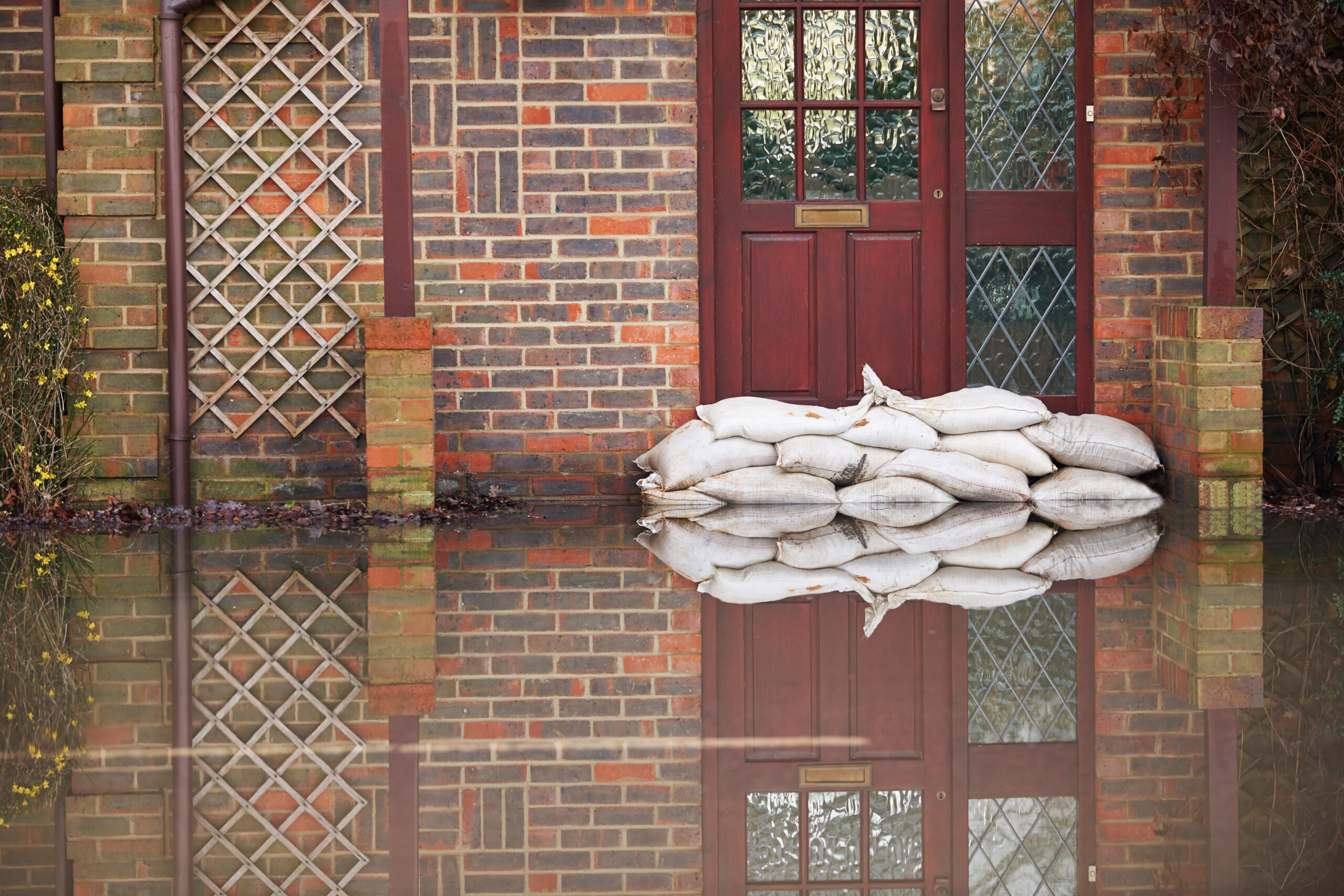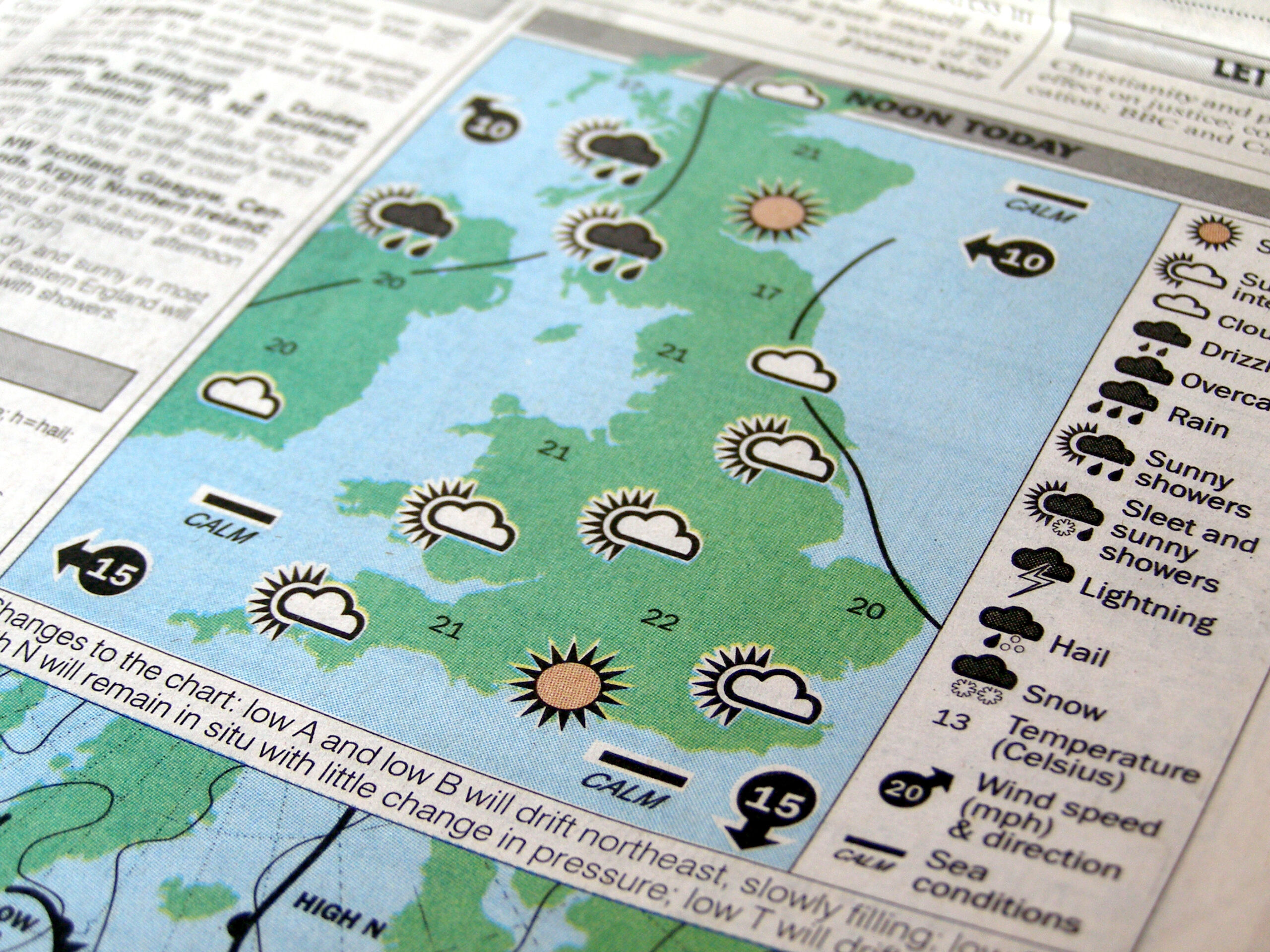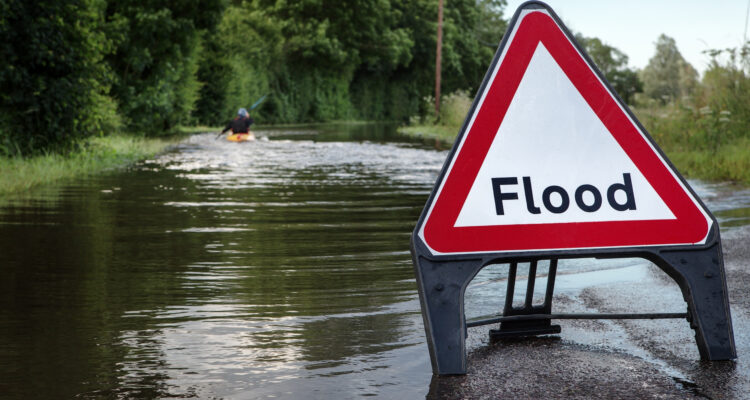Extreme weather conditions can strike at any time, even in the UK. They usually come with little warning, leaving a trail of devastation in their wake. The UK might not have the extreme weather some other parts of the world does, but it does happen here. The UK has experienced floods, storms, and even occasional earthquakes!
As a homeowner, being prepared can make all the difference in limiting damage and making sure your house and family are safe. In this guide, we’ll explore 5 Ways to Prepare Your Home for Extreme Weather Conditions.
Understand the Risks in Your Area
Before you can prepare for extreme weather, it’s important to understand the risks specific to your area. Different regions of the UK are more prone than others. For example, coastal areas are more likely to have flooding and storm surges. Regions near fault lines may face earthquake risks. Do some research or ask your local authorities to identify the potential hazards in your area. According to a study, these are the top 10 flood risk areas in England.
Develop an Emergency Plan
Create a detailed emergency plan for your household. This should detail what to do before, during, and after extreme weather hits. This plan can include evacuation routes, designated meeting points, emergency contacts, and how you’ll keep important documents and valuables safe. Ensure that all members of your household know about this plan.
Secure Your Property and Garden
Take measures to reinforce your home against the effects of extreme weather before it happens. Regular maintenance of your home and garden can help minimise the risk of damage. This could be installing stronger windows to protect against high winds and flying debris during storms. Strengthen your roof by replacing any loose tiles or thatch to protect against heavy rainfall and leaks. Secure outdoor furniture and fences to stop them falling over in strong winds. Watch out for trees and branches that blow over towards your home during storms. If you live in a flood prone area, consider investing in flood barriers or sandbags.

Keep gutters and drains clear of debris to prevent water buildup and potential flooding. Inspect the structural integrity of your home, including the foundation, walls, and roof, and address any issues promptly. You can read more tips on maintaining your outdoor space here.
Invest in Insurance
Preparing properly can reduce the impact of extreme weather, but if the worst should happen, it’s essential to have adequate home insurance to protect your home and belongings. Review your existing insurance policies if you have them. Make sure they provide enough coverage for various types of extreme weather conditions, including floods, storms, and earthquakes. Consider purchasing additional coverage or a separate policy if you need to. Keep important documents, such as insurance policies and contact information, in a safe and accessible location.
Stay Informed
Stay informed about potential occurrences and emergency situations by monitoring weather forecasts, alerts, and advisories issued by local authorities. You can even sign up for emergency notification systems, such as the Met Office App. There may be existing evacuation routes and emergency shelters in your area if it’s flooded before.

Preparing your home for extreme weather conditions requires careful planning, preparation, and vigilance. By understanding the risks, developing a plan, maintaining your property, investing in insurance, and staying informed, you can help protect your home and family against the unpredictable.
To ensure your home is properly protected, speak to one of our home insurance experts to get a quote today. Call us on 0344 776 5399.
Disclaimer: Articles are for general information only – customers should always seek their own independent advice. Vavista is not affiliated with the organisations/businesses mentioned and does not recommend or endorse any of the included products or services. For more information, click here.




